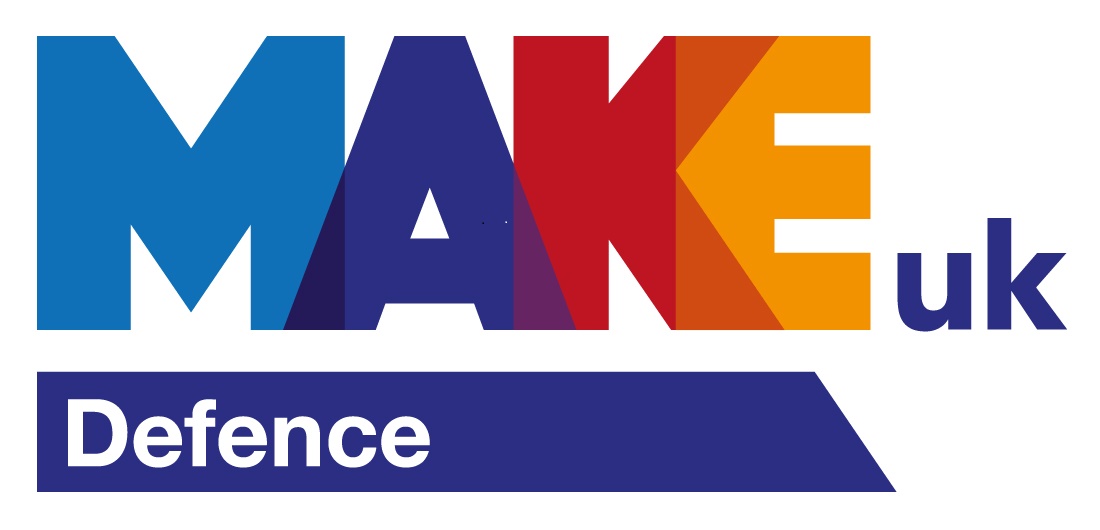There is an increasing desire from governments to increase the social value of procurement projects, and in many countries such as the UK this is now mandatory. Governments want to see wider social, economic and environmental benefits when taxpayers’ money is spent. But what does this mean for your organisation and for communicating to stakeholders in 2023?
Selling services or products to government – known as business-to-government (B2G) sales – has always been a complex and challenging undertaking, with drawn out tender processes that can sometimes run for years. During a competitive tender, there is no guarantee of success at the end despite the time and resources put into the bid.
However, if successful, a company that is successful in B2G sales can benefit from large value contracts and revenue that is assured for a number of years.
An extra dimension to government tenders
Bids for central government contracts have traditionally been scored against a criteria set out in a tender, including all-important cost, capability benefits, and risk. In the UK Ministry of Defence, a tender evaluation panel comprising various stakeholders will assess the tenders and award the contract. Often the bidder that offers the best price along with capability that meets the criteria will win.
This is a similar story across government departments.

Bids have traditionally been scored against a criteria set out in a tender, including all-important cost, capability benefits, and risk.
However, in recent years there has been an added dimension added to central government tenders, particularly in the UK. In 2013, the Public Services (Social Value) Act became law, meaning that those who commission public services would need to also “think about how they secure wider social, economic and environmental benefits”.
This has since gone further, and in 2018 it was announced that instead of just thinking about social value, it would be explicitly evaluated when awarding most major contracts. By September 2020, a Procurement Policy Note (PPN) named 06/20 was released that effectively launched the new model to deliver social value through the government’s commercial activities.
“Applying social value requirements in procurement can have a significantly positive impact by broadening the benefits that are delivered,” said the PPN.
What is social value in government procurement?
Social value in government procurement looks beyond market efficiency and leverages the ideas of welfare economics, which aims to achieve positive outcomes for wider society.
“Social or public value therefore includes all significant costs and benefits that affect the welfare and wellbeing of the population, not just market effects,” according to the HM Treasury’s Green Book framework, which sets out guidance for civil servants that are appraising policies, programmes and projects.
PPN 06/20 saw the release of a Social Value Model, which set out the key priority areas that are the focus for social value delivery in procurement. The Social Value Model outlines eight policy outcomes and five key policy themes, which include:
- Theme 1: COVID-19 recovery
- Theme 2: Tackling economic inequality
- Theme 3: Flighting climate change
- Theme 4: Equality opportunity
- Theme 5: Wellbeing
The Social Value Model document – available here as a pdf – gives tenderers valuable information when it comes to putting a tender together, including: model evaluation questions; model response guidance for tenderers; model award criteria and sub-criteria; and reporting metrics.
In its guide, the government suggests commercial teams talk to suppliers early to understand what drives cost, quality and efficiency, “and include social value in these discussions”.
What does social value mean for key areas such as defence?
Since June 2021, all UK defence procurements in Britain that fall under the Defence and Security Public Contract Regulations 2011 have to apply the Social Value Model, according to the former defence procurement minister Jeremy Quin MP. This is important for all British defence companies, as well as international companies bidding on projects in the UK.

It’s likely that MoD procurement teams will be looking at social value themes at the very beginning of a project. (Photo: Defence Media)
A minimum of 10% of the total tender evaluation weighting has to be allocated to a specific social value criteria.
As per the government guidelines, it’s likely that MoD procurement teams will be looking at social value themes at the very beginning of a project in its market assessment and pre-procurement consultation phases. This will then feed into the tender process and the final evaluation of bids for a programme and supplier selection.
It’s therefore important then that companies within the UK defence industry not only understand the themes and outcomes of the Social Value Model for the tender process, but that they also clearly communicate how they meet the themes in their business strategy, as well as their sales and marketing material.
How do you communicate social value to stakeholders?
Defence is a very traditional industry and its communications have often followed suit. Many companies still concentrate solely on communicating product or service capability, over addressing wider economic, social or environmental issues and how they are aiming to resolve them. Some companies have sought to address this with a range of initiatives – particularly under Environmental, Social and Governance (ESG) policies – although many have not.
While communicating capabilities will always be key for a defence audience, there must now always be consideration of social value in campaigns.
It’s safe to say that social value communications is no longer a nice to have, but a must have for defence companies, and any company involved in B2G sales. Implementing social value policies within a company not only makes good commercial sense in terms of public tenders, but many of the themes set out in the Social Value Model – for example, improving workplace mental health and addressing workforce inequality – will make an organisation a more attractive place to work and help retain talent in the workforce.
Externally communicating these policies is what an effective communications strategy is all about, and shows a myriad of stakeholders that you take these issues seriously – whether that’s a commercial team buying equipment, or prospective employees looking for work.
Companies should be regularly reviewing the themes set out in the Social Value Model and providing tangible examples to external audiences of how they are addressing them. This could be through a number of channels and content types including blog posts, social media activity, new website pages, events and PR campaigns.
Conclusion
Defence is not immune to the revolution that is happening in government procurement, and the increased weighting towards generating social value is likely to have a long and lasting impact. It is therefore important that companies not only address these issues but also communicate effectively with stakeholders how they are implementing them through their marketing, communications and sales channels.











